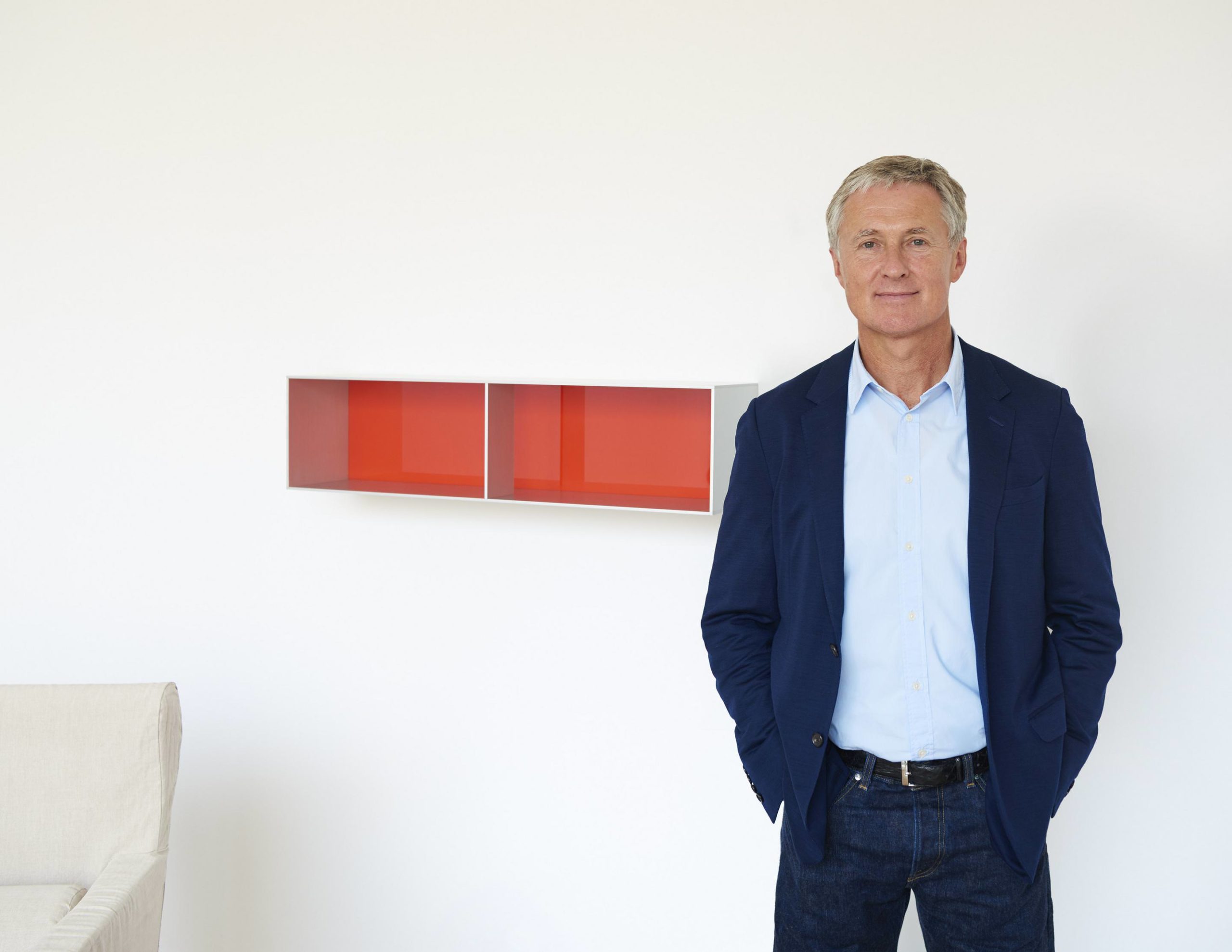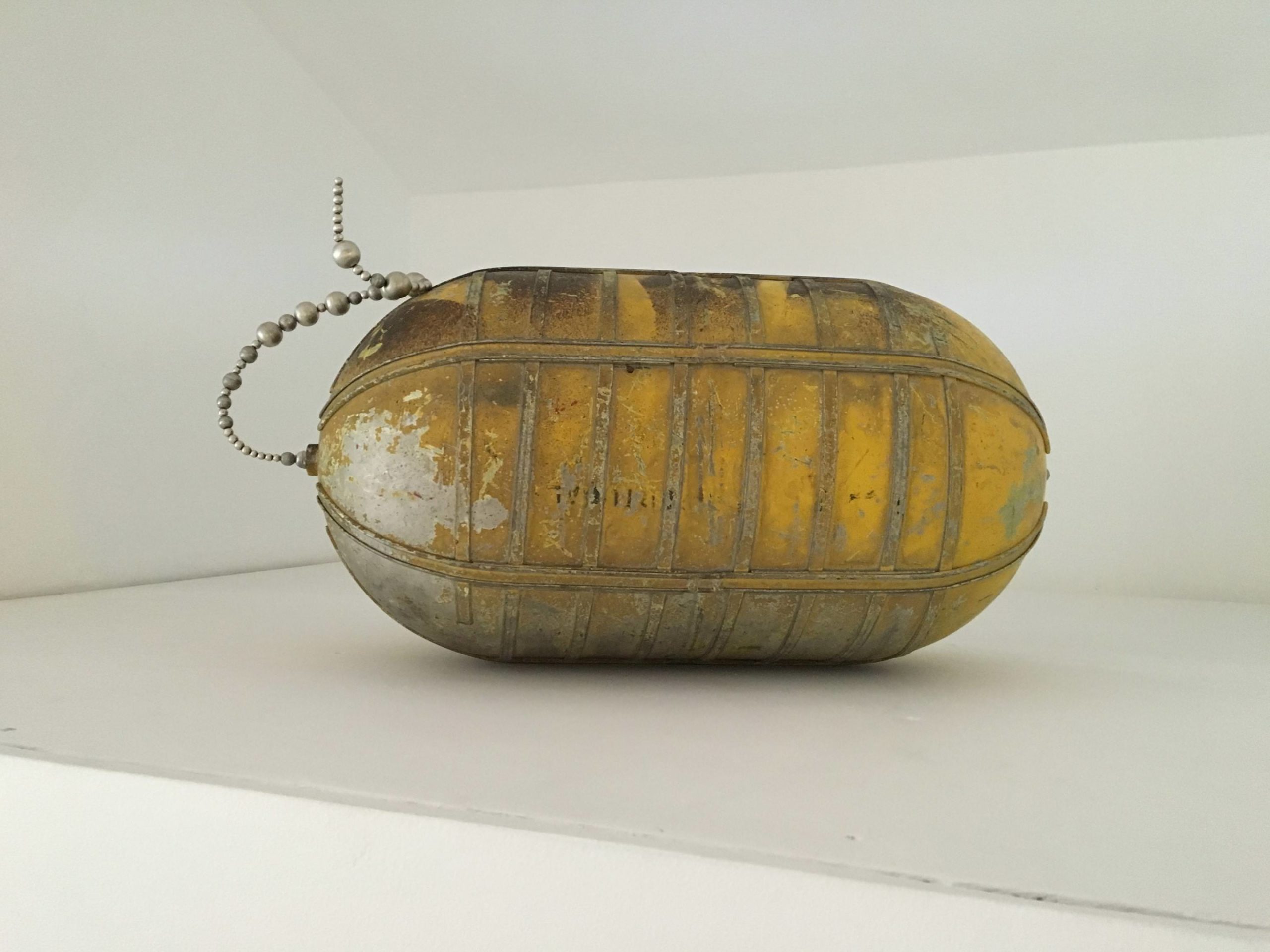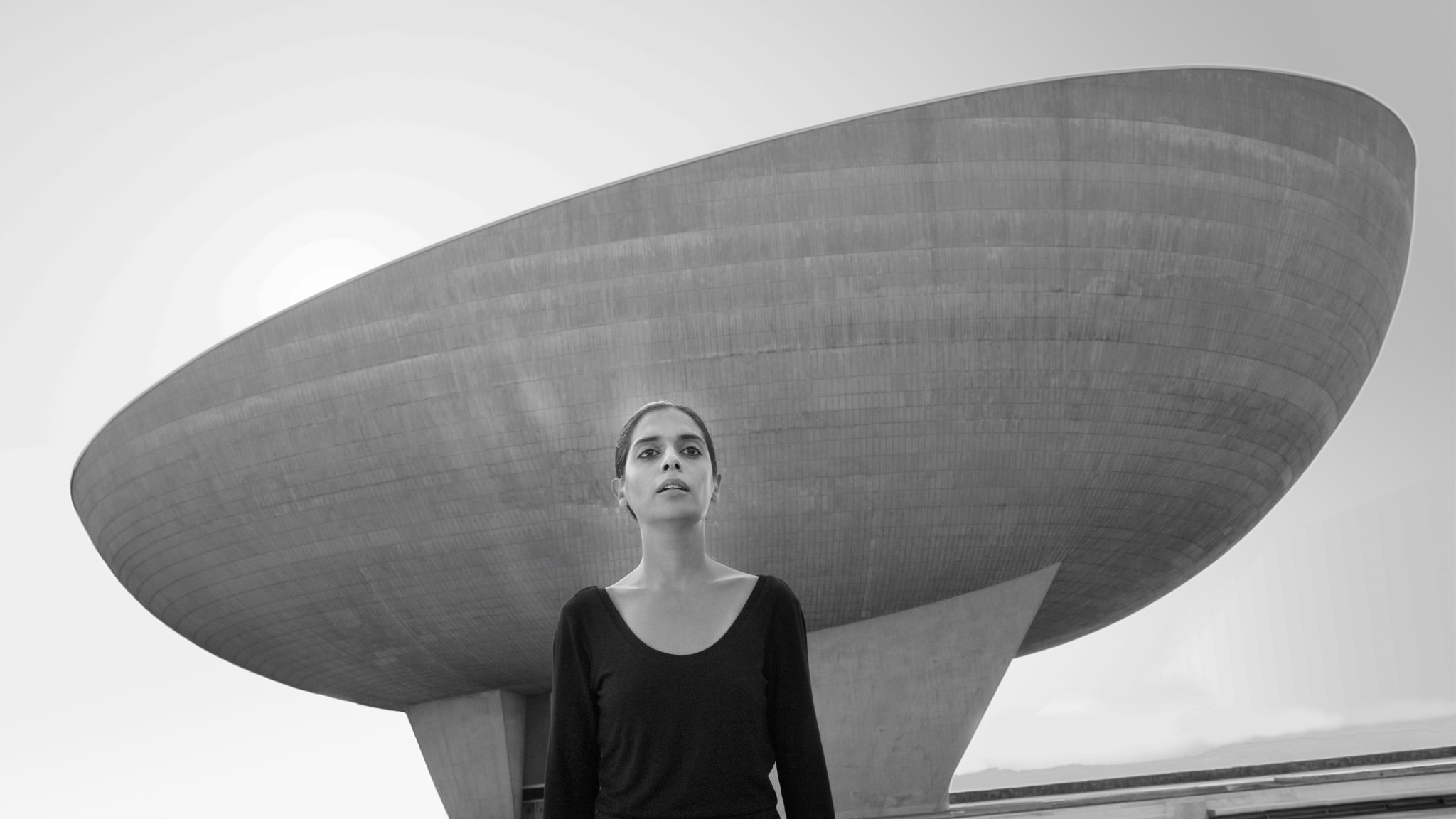“The New International,” currently on view at Garage Museum in Moscow, focuses on contemporary art from the 1990s, specifically made after the end of the Cold War. Put together by the museum’s chief curator Kate Fowle, the show includes work by artists like Danh Vo, Shirin Neshat, Alexander Brener, Santiago Sierra, and Felix Gonzalez-Torres. We spoke with Fowle about the “The New International” that runs through September 21.
WHTIEALL: You started at the Garage Museum not too long ago. Were there any specific exhibitions you had in mind at the time? Had you thought about this show at all beforehand?
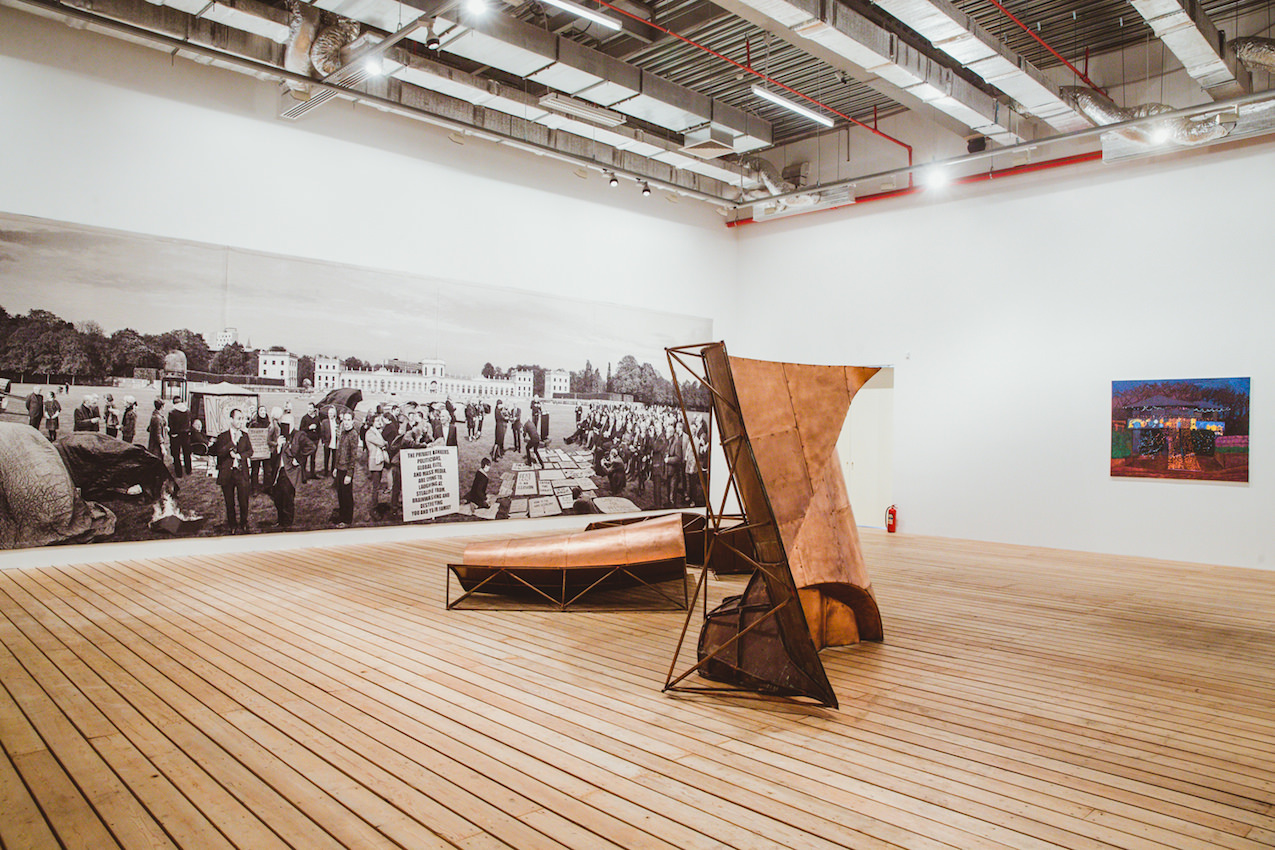
The New International, Garage Museum of Contemporary Art, 2014
KATE FOWLE: I started full time at Garage in April last year, and I didn’t come with any preconceived notions as to what shows we would develop. To me it was important to work with the team to create a program that integrates the exhibitions, education, and research departments and that makes sense in the context of Moscow, which is something I have had to learn about. One of the key questions we started thinking through was how to address the 1990s as a decade that changed the face of contemporary art practices in Russia. This has evolved into an ongoing series of exhibitions, conferences, research projects, and publications. “The New International” has come out of this, and extensive research I have undertaken over the last five years into what the word “international” means in the art world.
WW: What are some of the different definitions of “international” that the artists bring to the show?
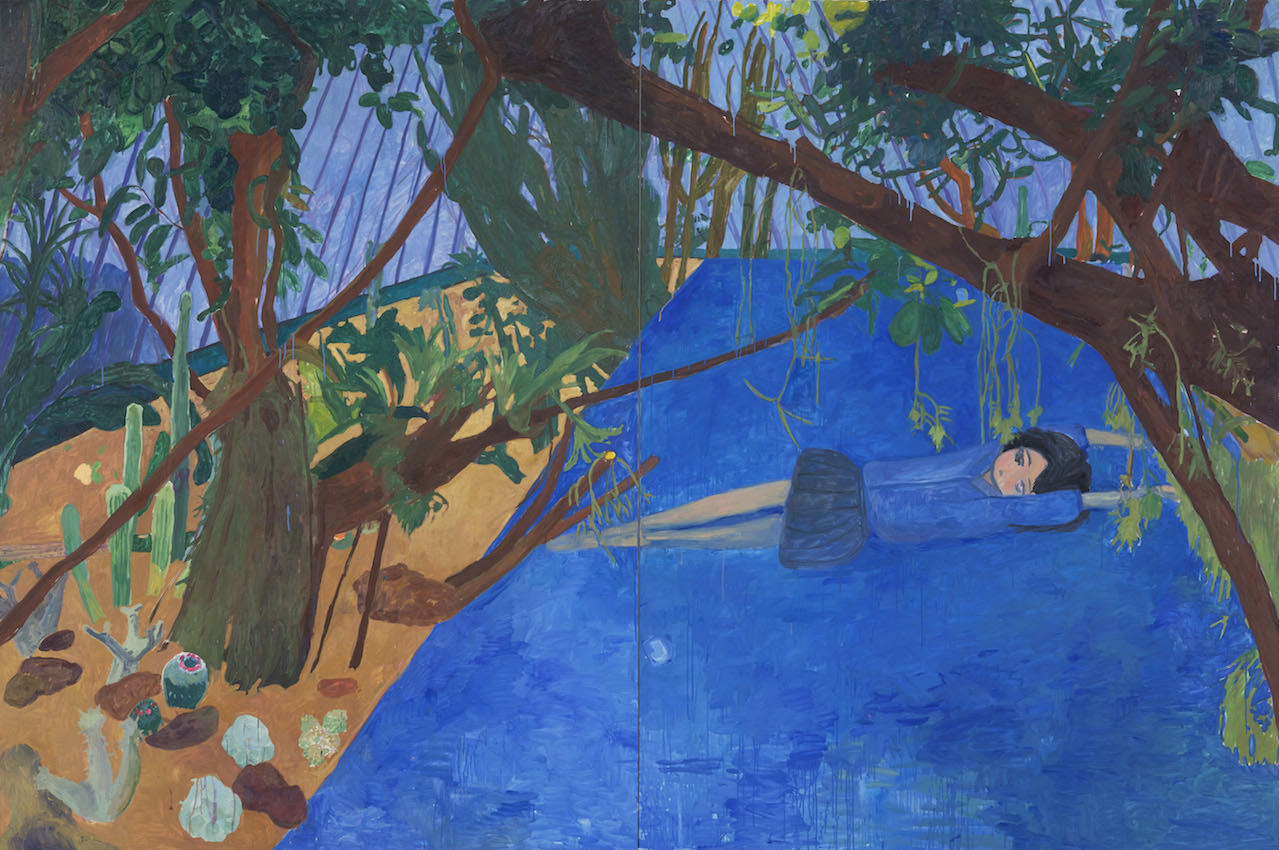
© Garage Museum of Contemporary Art
KF: Its not that the artists bring different definitions – they are not making work about the “international,” nor representing some kind of globalized world. The title references how the use of the term has changed during the 20th-century. It started as a class-based ideology connected to Marxism, which gave rise to the First, Second, and Third International movements during industrialization. Then it came to imply “one world” between nations after World War II, with the development of the United Nations and other intergovernmental organizations that focused on cooperation toward economic and political rights. Now, “international” is often used interchangeably with “foreign,” suggesting something that is strange or unfamiliar, but it also implies an understanding of the self in relation to a larger viewpoint. In other words, the new international is a way to describe how individuals share, understand, or experience, context-specific situations without universalizing the outcomes.
WW: You yourself have lived and worked in London, San Francisco, Beijing, New York and now, Moscow. How do you think your own travels and experience influenced the way you organized the show?
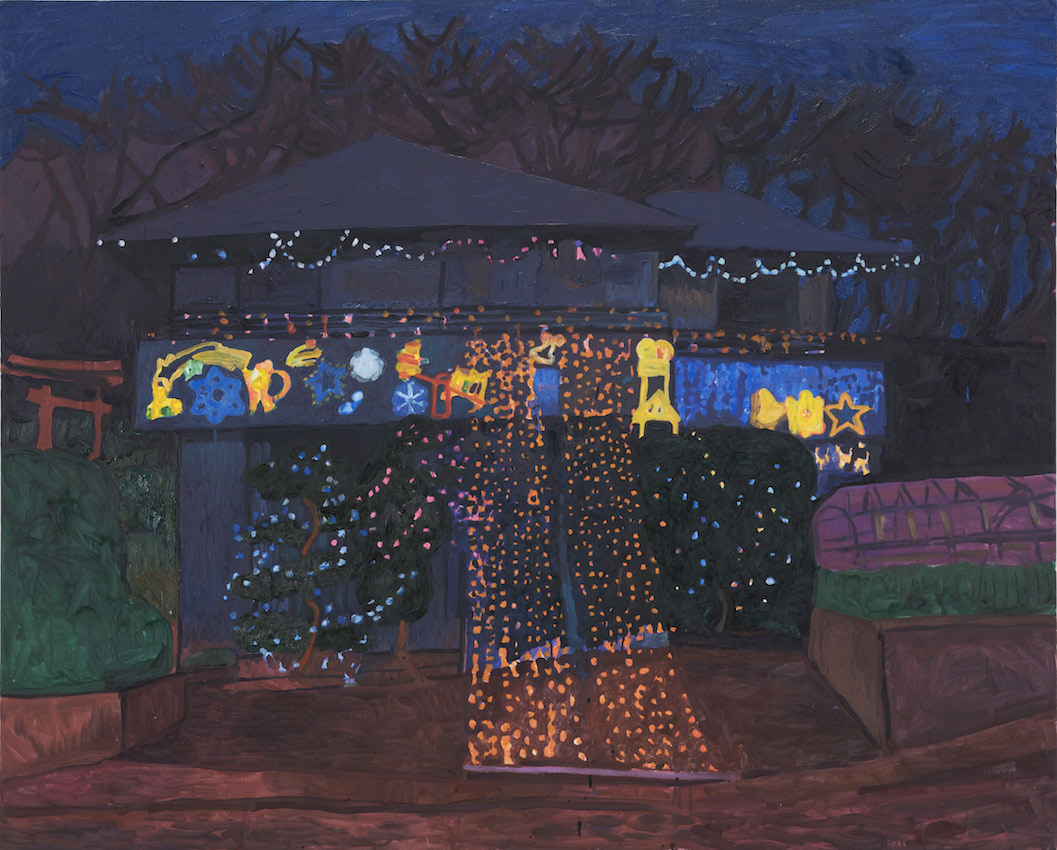
Installation view of (from left) Goshka Macuga, Of what is, that it is; of what is not, that is not 2, 2012; Danh Vō, We The People (detail), 2011–2014; Makiko Kudo, Base Ogawa garbage incinerator, 2010
KF: Like half the artists in the show, I came of age in the 1990s. My first curatorial job was in Brighton, in the South East of England, in 1992. Since then, the opportunities I have had to live and work in different places are as a direct result of the expanding infrastructures of the art world that started in that decade.
WW: The show explores the decade after the Cold War and its affect on these artists. Is there something about the current moment that made “The New International” seem particularly appropriate or timely?

The New International, Garage Museum of Contemporary Art, 2014
KF: The show reflects on the period of the 1990s as a significant turning point in contemporary art around the world, drawing from two generations of artists: those who rose to prominence, and those who came of age during the decade. The first generation pioneered art practices that gained critical acclaim at the time. The second—generally born in the late-60s and early-70s—were molded by the increasing fluidity of movement and ideas they witnessed. With experiences that span divergent geographies, each artist is influenced by the rapid cultural and political changes of the post-1989 era. Favoring discourse over polemics, their work contributes subtle distinctions to topics such as gender, nationalism, economics, capital, the media, and institutional critique. Through juxtaposing multiple perspectives to engage their audiences visually, physically, and psychologically, all the artists in “The New International” present nuanced world-views that resist simple categorization.




